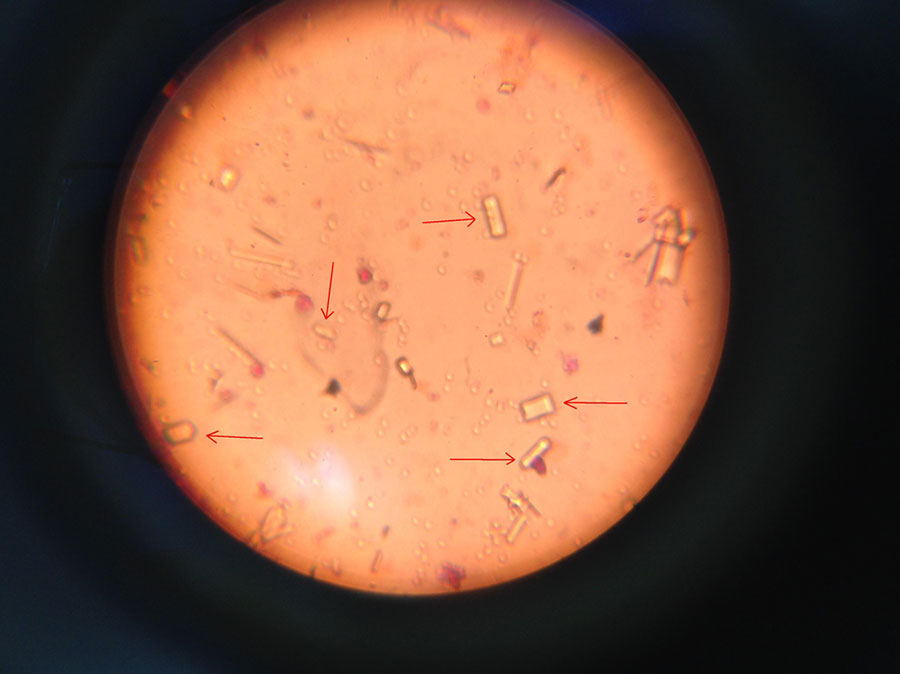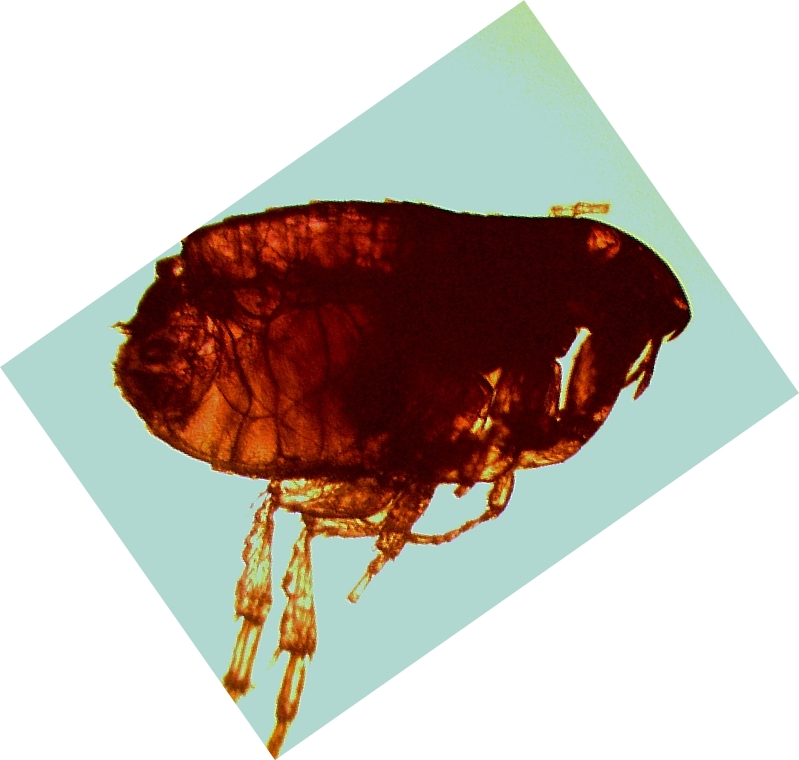
Congrats! You have a new kitten
November 30, 2014 by DR. TOM MORRISON
So, you’ve adopted or bought a new kitten. Congratulations!
A kitten is a big responsibility and there are a few important things you need to know.
Read More

November 30, 2014 by DR. TOM MORRISON
So, you’ve adopted or bought a new kitten. Congratulations!
A kitten is a big responsibility and there are a few important things you need to know.
Read More

November 30, 2014 by DR. TOM MORRISON
So, you’ve adopted or bought a new puppy. Congratulations!
A puppy is a big responsibility and there are a few important things you need to know.
Read More
Amongst the advantages there are in giving our dog a bone to chew on (dental hygiene, an outlet for physical & mental energy, a treat), stand the significant disadvantages which are: health risks and even death.
Read MoreSeptember 7, 2014 by DR. TOM MORRISON
Hepatic lipidosis is an abnormal accumulation of lipids (fat) in hepatocytes (liver cells). It is a common disease in cats (the most common liver disease diagnosed in cats in North America).
The disease is typically seen in overweight/obese cats that are anorexic/inappetent. The disease can either be primary (idiopathic) or secondary to many different diseases. Basically, any disease that will cause an obese cat not to eat can lead to secondary hepatic lipidosis. The most common diseases that are associated with secondary hepatic lipidosis are pancreatits, diabetes mellitus, diabetic ketoacidosis, inflammatory bowel disease, cholangitis/cholangiohepatitis (an inflammation of the bile duct) and neoplasia.
Read MoreApril 4, 2014 by DR. TOM MORRISON
Israeli law states that every owner of a dog older than 3 months of age must have a dog ownership license. Getting this license is subject to vaccinating the dog against rabies, paying a fee to the municipality and identifying the dog by implanting a microchip.
The microchip is a small electronic chip, roughly the size of a grain of rice, which is implanted under the dog’s skin, usually between the shoulder blades. The only information that this chip has is a 15 digit number. The chip does not have a GPS.
Read MoreApril 1, 2014 by DR. TOM MORRISON
Many dog owners do not know this about the tick: other than being a blood sucking parasite, a single tick may kill your dog.
Tick fever, or in its scientific name – Ehrlichiosis, is caused by a bacteria that infects white blood cells and lives in them. The common pathogen in Israel is Ehrlichia canis and it is transferred from host to host by the brown dog tick, Rhipicephalus sanguineus. Hence the name "Tick Fever".
Read MoreFebruary 18, 2014 by DR. TOM MORRISON
Park worm is a parasitic roundworm (nematode) that infects dogs. The name "park worm" was given to it because the first cases in Israel, diagnosed in the 80's, were in dogs which common denominator was the National Park in Ramat Gan. This name is misleading and causes many dog owners to disregard this dangerous disease, mainly by saying they do not walk their dogs in parks. In fact, park worm can be found all over the country.
Read MoreFebruary 18, 2014 by DR. TOM MORRISON
The urinary system is used to get rid of excess fluid, minerals and waste from the blood. This system is made up of 2 kidneys, the urinary bladder, the "tubes" that connect them and the one that delivers the urine out of the body. The primary urine, which is formed in each kidney from filtering the blood, flows down the ureters, one from each kidney, to the urinary bladder where it is collected until it is evacuated through the urethra out of the body.
Read More
February 18, 2014 by DR. TOM MORRISON
A urine test (urinalysis) is done in any case of abnormal urination, whether it is a case of abnormal urine (e.g. bloody urine, smelly urine, etc.) or a case of normal urine but abnormal urination (e.g. urinating very few drops, too frequent urination, dogs urinating indoors, cats urinating out of the litter box, etc.)
Read MoreFEBRUARY 5, 2015 על ידי DR. TOM MORRISON
Despite the common belief that animals know not to eat what might harm them, pets don’t really know how to do that. On top of that, there are also common products that are good for us but toxic to our pets.
The purpose of this article is to draw your attention to what your pet puts in its mouth so you can protect them. The list here is very short and you shouldn’t base solely on it.
Read More
February 18, 2014 by DR. TOM MORRISON
Fleas and ticks are ectoparasites that feed of the blood of dogs, cats, other animals and even humans. Apart from being a nuisance that irritates the animal, they can also cause severe health problems.
Fleas are wingless insects, dark brown in colour, and narrowed body of 1-6mm in length. Their hind legs are long and strong and allow the flea to jump great distances, 200 times its body length. A flea's average life span is 6 weeks but they can live up to 2 years. Only the adults are parasitic and, as mentioned above, they are not host specific.
Read MoreJanuary 19, 2014 by DR. TOM MORRISON
The topic of spays and castrations is a sensitive one and some people object to it for different reasons, especially when street cats are concerned but also when pets are concerned.
A queen’s pregnancy is about 2 months long and after which she will give birth to 8 kittens in average. These kittens will reach puberty in their first year of life, therefore their propagation is quite rapid and in a relatively short period of time, that same queen will have a family tree containing thousands of offspring living on the streets. Unfortunately, most of this queen's offspring will not be vaccinated and will not have proper veterinary care and will, therefore, contract diseases, get hit by cars, starve, suffer from the cold, freeze and might even, God forbid, fall victims to animal abuse. It is very clear, then, that spaying and castration of street cats is the only humane way to prevent this grave scenario. Although it is quite clear, it is still important to emphasize that the street cats' propagation is so vast and rapid that despite the spaying/castration that the municipalities perform, there is no risk that the street cats will disappear.
Read MoreALL Rights Reserved. 2014 ©